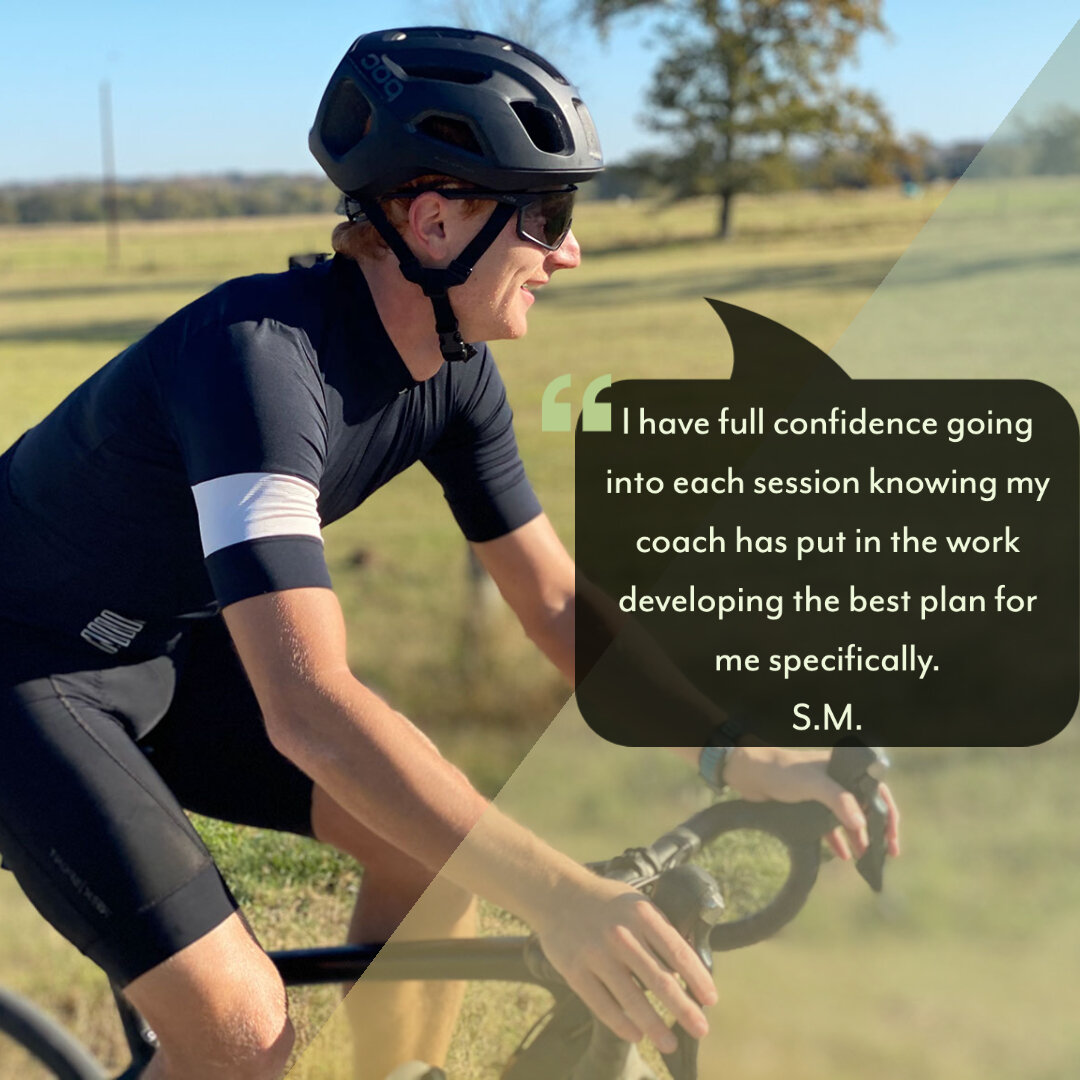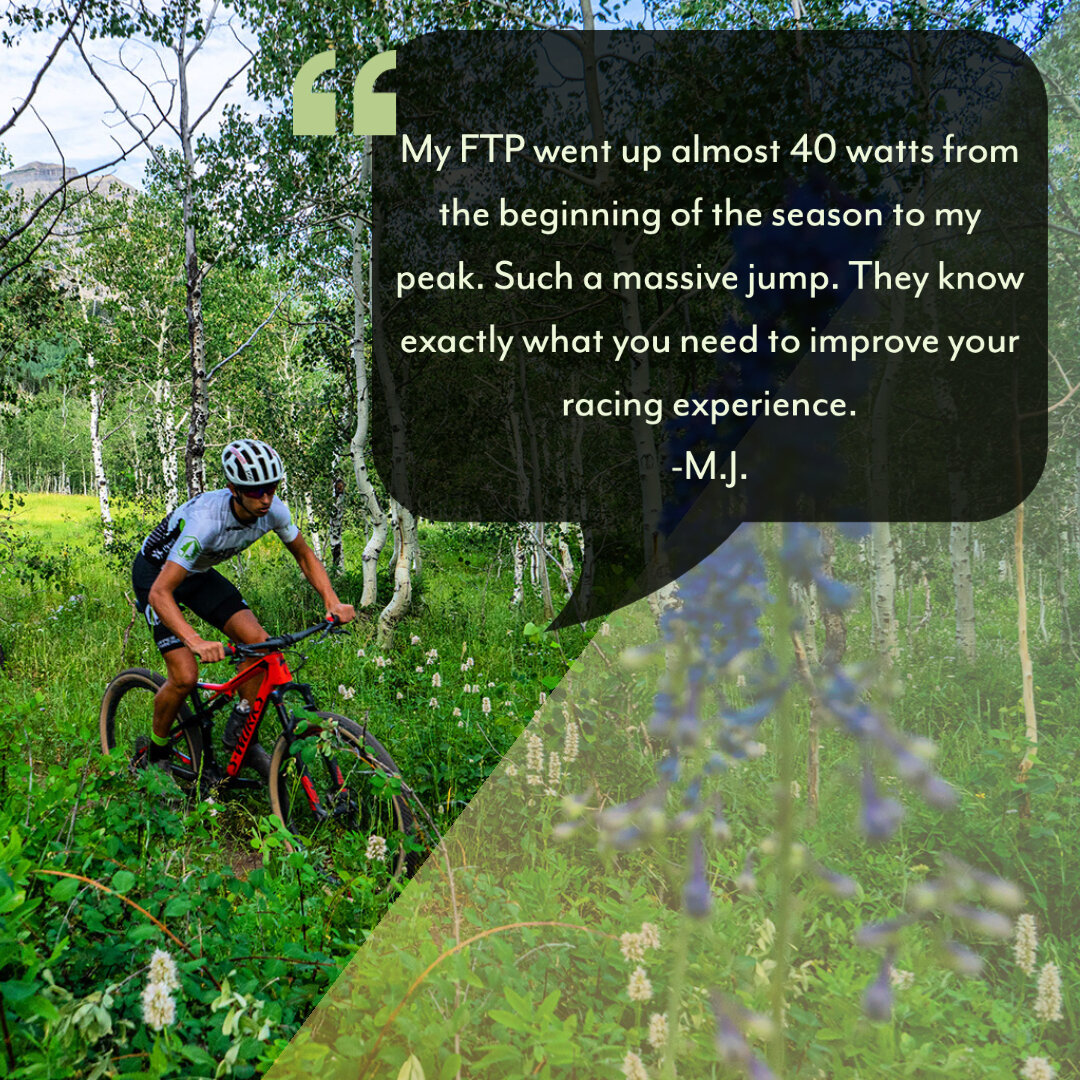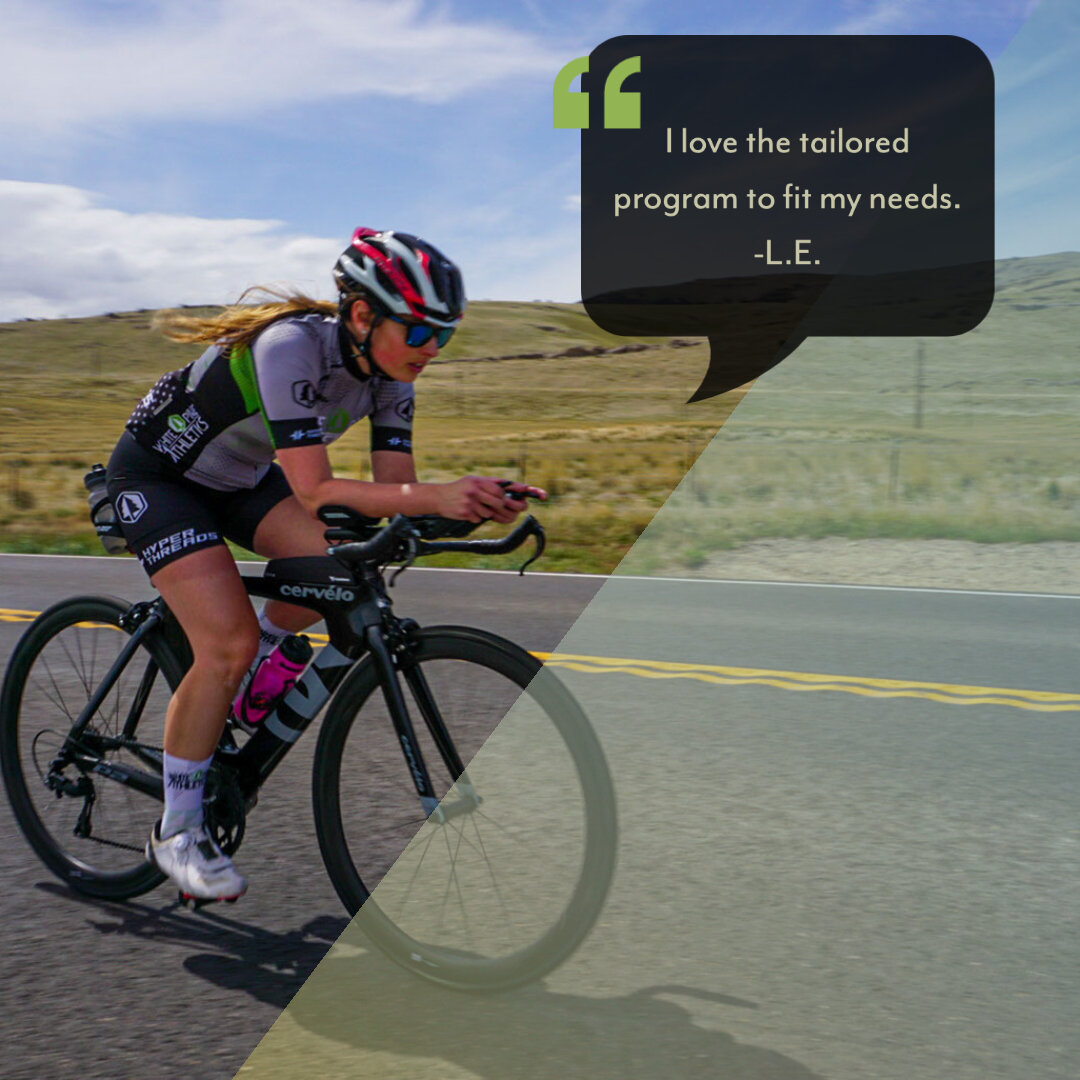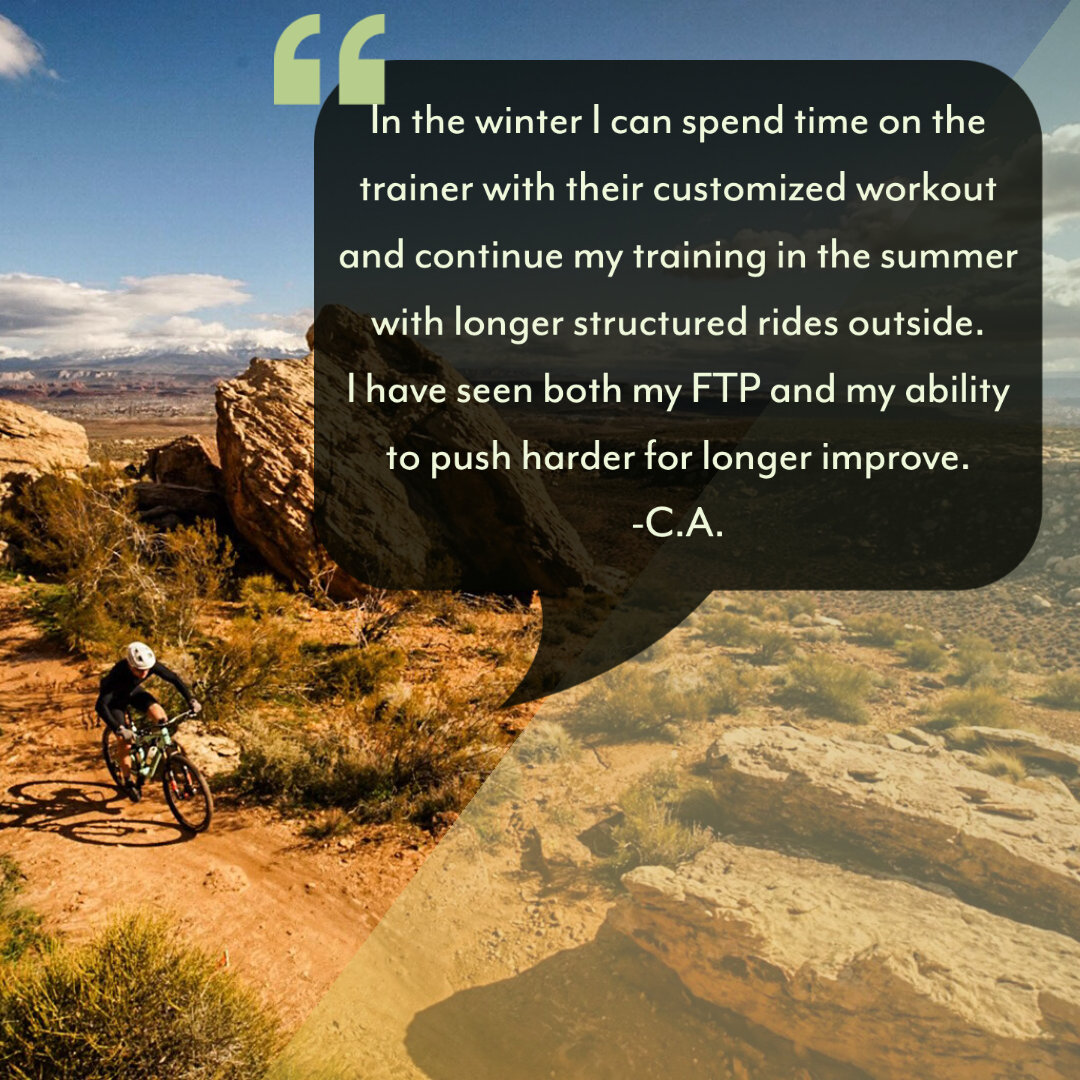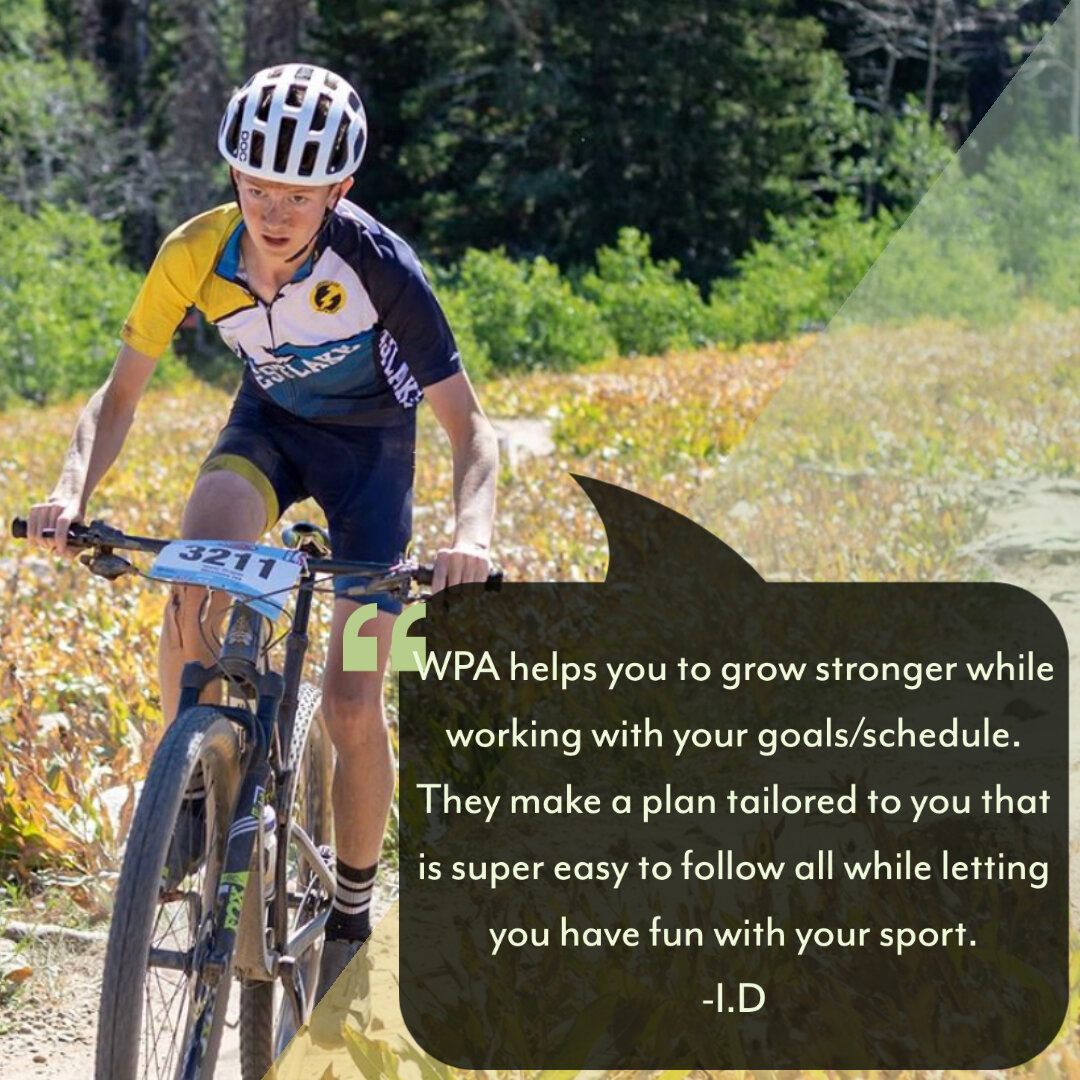Training productivity is often closely tied to your level of engagement, motivation, and how much you enjoy the training process. In the warmer months, it can be easier to nourish these aspects of your training, but the cold, dark, and seemingly unending winter months often test our motivation. Check out these 5 tips to stay motivated while training this winter.
Invest in Winter Kit, and Get Outside
One seemingly simple cure to your wintertime blues is to leave the indoor trainer behind and get outside. However, odds are you were forced inside in the first place by harsh cold and wet weather. Cycling kit has seen some astounding advancements in the last few years. With the proper kit you can stay warm and dry no matter the weather. Investing in a good base layer, a windproof and fleece-lined jersey, a good pair of fleece-lined bibs, some wool socks, gloves, and a set of overshoes/booties can transform even the harshest winter ride into a moderately comfortable ride. Winter kit does, however, often come with a hefty price tag, and many find it easier to add one piece of kit here and there over the course of a season or two. A good jacket, bibs (or leg warmers), and shoe covers are a top priority if you’re getting started. From there, you can slowly accumulate more winter-specific gear: things like shoes or gloves dedicated to winter riding. Finally, I feel it’s important to note that riding outside in cold weather is one thing, but riding in adverse conditions such as rain, snow, or on icy surfaces is not advised. Please use common sense when taking your riding out onto the road.
Log Those Long Days on the Rollers
One common complaint that I often hear from athletes is how boring it can be to sit on the trainer for hours at a time. While the work may be productive, it can get a bit tedious at times. One tool I have relied on throughout the winter months is the use of some good old fashion rollers. While not as technologically advanced as the smart trainers we have all come to love, rollers can be an essential piece of winter equipment.
Most smart trainers are what’s referred to as direct drive trainers. Meaning, the rear wheel is removed and the bike frame mounts directly to the trainer. This requires no balance, provides a more rigid feel and allows the athlete to focus only on the task of turning the pedals over. Rollers, on the other hand, require the rider to maintain balance on the bike on rotating drums. This is done by continuously pedaling and maintaining a nearly constant focus on balance, as the bike will move beneath you as pedal. Rollers are a fantastic tool for maintaining and sharpening your handling on the bike, and offer a great distraction that can make time fly by.
Try a Platform like Zwift
Video game-like platforms like Zwift and Rouvy have grown increasingly popular in recent years, and for good reason. Many of us ride bikes, not only for the health benefits, but for the social interaction and joy of riding with friends. This social engagement can become strained during the winter with a lack of group rides and most athletes retreating to their home pain caves. Now, with apps like Zwift, athletes and enjoy year round group rides, chat with their buddies as they ride alongside each other through the French Alps, Italian Villas, and New York’s Central Park. In addition to the social benefits, athletes can perform their coach-prescribed intervals, or join in on races- against athletes all over the world. You’re still riding your bike inside, but at least a small part of it reminds you of warmer days with friends.
Take Your Training Off Road
This tip follows closely to our first tip, if inside just isn’t doing it for you, think about taking your training off road. Depending on where you live geographically, mtb trails or gravel roads might offer a great escape from your winter pain cave. Paved roads are often slick and icy for much of the winter, which isn’t super conducive to bike riding. However, gravel roads and dirt trails, even when frozen, often provide an increase in traction compared to city roads. Gravel specific tires and mountain bike tires are also better suited for riding on snow-packed surfaces. So, if your already fed up with unending time on the trainer, it might be time to throw on some knobby tires and take your training off road. When taking your riding onto the trails, consider the ethics of your local area and trails: usually this means avoiding riding on wet/muddy trails. Make sure you’re not creating trail damage in order to get your winter workout in.
Focus on Quality over Quantity
My final tip for maintaining motivation this winter is to focus on quality rather than quantity. That is, the quality of each individual training session, rather than the number of hours on the bike each week. Depending on your race calendar for the coming year, you may not need to be logging multiple five hour rides on the trainer. Winter is the time to explore your minimum effective dose (MED) from a training perspective. How can you achieve the greatest adaptation with as little effort as possible. More often than not this is achieved by working with your coach to determine the most effective way of impacting your limiters on the bike, and executing a plan tailored to your specific needs, schedule, and goals.


